|
| | White Rabbit |  |
| | | Author | Message |
|---|
Ty-chan
Creator Gene :: Cell of the Creation


Posts : 723

  Points : 881 Points : 881
Reputation : 3
Join date : 2014-11-06
Age : 30
Location : Tymon's Childhood
Job/hobbies : Absorption & Shapeshifter (Transformation)
 |  Subject: White Rabbit Subject: White Rabbit  Wed Feb 15, 2017 1:04 pm Wed Feb 15, 2017 1:04 pm | |
| | |
|   | | Tymon Nikia Bolton II
Shinseigami, the PanDaddy :: Pandimensional Overgod; the Unrestricted Being


Posts : 6597

  Points : 7580 Points : 7580
Reputation : 1
Join date : 2014-10-14
Age : 30
 |  Subject: Re: White Rabbit Subject: Re: White Rabbit  Wed Feb 21, 2024 1:13 am Wed Feb 21, 2024 1:13 am | |
| ='White Rabbit'= 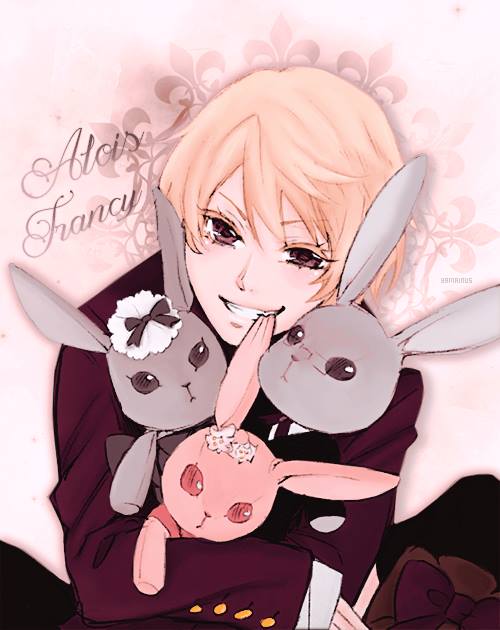 "Distribution :: Distributor : Universal ; House - Piece ~ Ted * Natural Selection (Rapture)." -The $yndicate- | |
|   | | Tymon Nikia Bolton II
Shinseigami, the PanDaddy :: Pandimensional Overgod; the Unrestricted Being


Posts : 6597

  Points : 7580 Points : 7580
Reputation : 1
Join date : 2014-10-14
Age : 30
 |  Subject: Re: White Rabbit Subject: Re: White Rabbit  Wed Feb 21, 2024 1:17 am Wed Feb 21, 2024 1:17 am | |
| ='The $yndicate'= 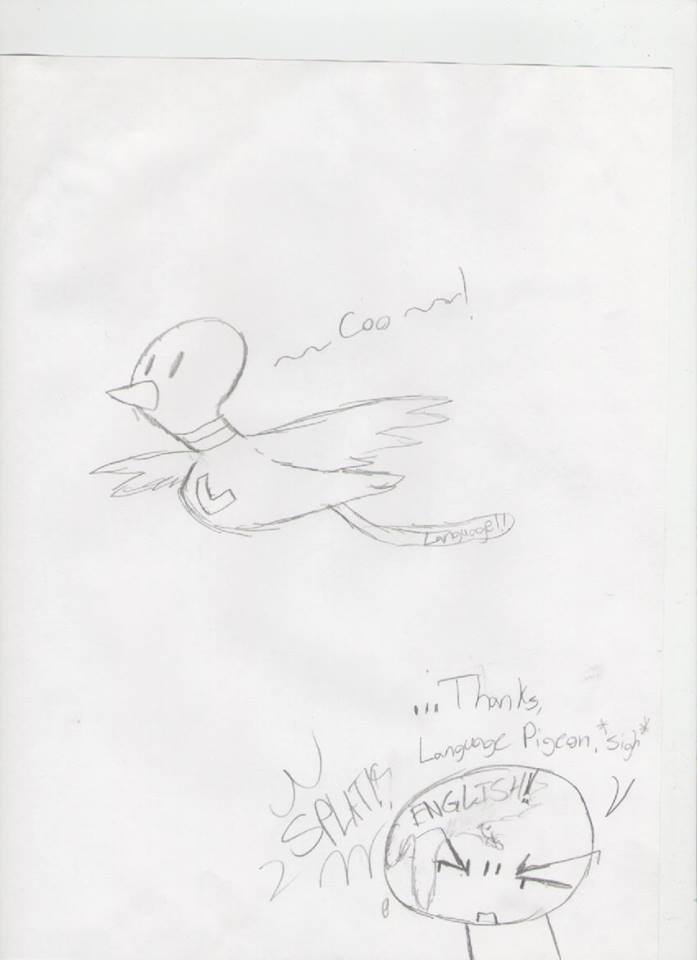 "Language Pigeon (A random joke I made up in my Anthropology class after learning about the Language Pidgin, I believe) and I drew a pigeon that craps out language. When someone is in need of a translation, or is using bad grammar, the Language Pigeon will be there to shit all over that. Just some proper language all over that. Greatest super hero." -The Language Pigeon- https://en.wikipedia.org/wiki/Pidgin - Quote :
- Pidgin derives from a Chinese pronunciation of the English word business, and all attestations from the first half of the nineteenth century given in the third edition of the Oxford English Dictionary mean "business; an action, occupation, or affair" (the earliest being from 1807). The term pidgin English ('business English'), first attested in 1855, shows the term in transition to referring to language, and by the 1860s the term pidgin alone could refer to Pidgin English. The term came to be used in a more general linguistic sense to refer to any simplified language by the late 19th century.[8][9]
A popular false etymology for pidgin is English pigeon, a bird sometimes used for carrying brief written messages, especially in times prior to modern telecommunications. - Quote :
- The word pidgin, formerly also spelled pigion,[9] used to refer originally to Chinese Pidgin English, but was later generalized to refer to any pidgin.[11] Pidgin may also be used as the specific name for local pidgins or creoles, in places where they are spoken. For example, the name of the creole language Tok Pisin derives from the English words talk pidgin. Its speakers usually refer to it simply as "pidgin" when speaking English.[12][13] Likewise, Hawaiian Creole English is commonly referred to by its speakers as "Pidgin".
The term jargon has also been used to refer to pidgins, and is found in the names of some pidgins, such as Chinook Jargon. In this context, linguists today use jargon to denote a particularly rudimentary type of pidgin;[14] however, this usage is rather rare, and the term jargon most often refers to the words particular to a given profession.
Pidgins may start out as or become trade languages, such as Tok Pisin. Trade languages can eventually evolve into fully developed languages in their own right such as Swahili, distinct from the languages they were originally influenced by. Trade languages and pidgins can also influence an established language's vernacular, especially amongst people who are directly involved in a trade where that pidgin is commonly used, which can alternatively result in a regional dialect being developed. | |
|   | | Tymon Nikia Bolton II
Shinseigami, the PanDaddy :: Pandimensional Overgod; the Unrestricted Being


Posts : 6597

  Points : 7580 Points : 7580
Reputation : 1
Join date : 2014-10-14
Age : 30
 |  Subject: Re: White Rabbit Subject: Re: White Rabbit  Wed Feb 21, 2024 2:05 am Wed Feb 21, 2024 2:05 am | |
|  -Language Pinyin- Our story begins with our hero, The Language Pigeon, and his trusty girlfriend, Language Pinyin, engaging the White Rabbit of the Veritas -- Ai~Yon U. -- about the new arrivals to the Underground Village of the Depthsroot, being admitted into The Academy, which once served as the remnants of Mors Academia before being upgraded to Pandemia... And it looked like someone needed an English Lesson. https://en.wikipedia.org/wiki/Pinyin - Quote :
- Hanyu Pinyin,[note 1] or simply pinyin, is the most common romanization system for Standard Chinese.[a] In official documents, it is referred to as the Chinese Phonetic Alphabet.[1][2] It is the official system used in China and Singapore, and by the United Nations. Its use has become common when transliterating Standard Chinese mostly regardless of region, though it is less ubiquitous in Taiwan. It is used to teach Standard Chinese, normally written with Chinese characters, to students already familiar with the Latin alphabet. The system makes use of diacritics to indicate the four tones found in Standard Chinese, though these are often omitted in various contexts, such as when spelling Chinese names in non-Chinese texts, or when writing non-Chinese words in Chinese-language texts. Pinyin is also used by various input methods on computers and to categorize entries in some Chinese dictionaries. The word Hànyǔ (汉语; 漢語) literally means 'Han language'—meaning, the Chinese language—while pīnyīn (拼音) literally means 'spelled sounds'.
- Quote :
- Matteo Ricci, a Jesuit missionary in China, wrote the first book that used the Latin alphabet to write Chinese, entitled Xizi Qiji (西字奇蹟; 'Miracle of Western Letters'), published in Beijing in 1605.[11] Twenty years later, fellow Jesuit Nicolas Trigault published 西儒耳目資; Xīrú ěrmù zī; 'Aid to the Eyes and Ears of Western Literati') in Hangzhou.[12] Neither book had any influence among the contemporary Chinese literati, and the romanizations they introduced primarily were useful for Westerners.[13]
During the late Qing, the reformer Song Shu (1862–1910) proposed that China adopt a phonetic writing system. A student of the scholars Yu Yue and Zhang Taiyan, Song had observed the effect of the kana syllabaries and Western learning during his visits to Japan.[which?] While Song did not himself propose a transliteration system for Chinese, his discussion ultimately led to a proliferation of proposed schemes.[13] The Wade–Giles system was produced by Thomas Wade in 1859, and further improved by Herbert Giles, presented in the 1892 Chinese–English Dictionary. It was popular and used in English-language publications outside China until 1979.[14] In 1943, the US military tapped Yale University to develop another romanization system for Mandarin Chinese intended for pilots flying over China—much more than previous systems, the result appears very similar to modern Hanyu Pinyin. | |
|   | | Tymon Nikia Bolton II
Shinseigami, the PanDaddy :: Pandimensional Overgod; the Unrestricted Being


Posts : 6597

  Points : 7580 Points : 7580
Reputation : 1
Join date : 2014-10-14
Age : 30
 |  Subject: Re: White Rabbit Subject: Re: White Rabbit  Wed Feb 21, 2024 6:22 am Wed Feb 21, 2024 6:22 am | |
| 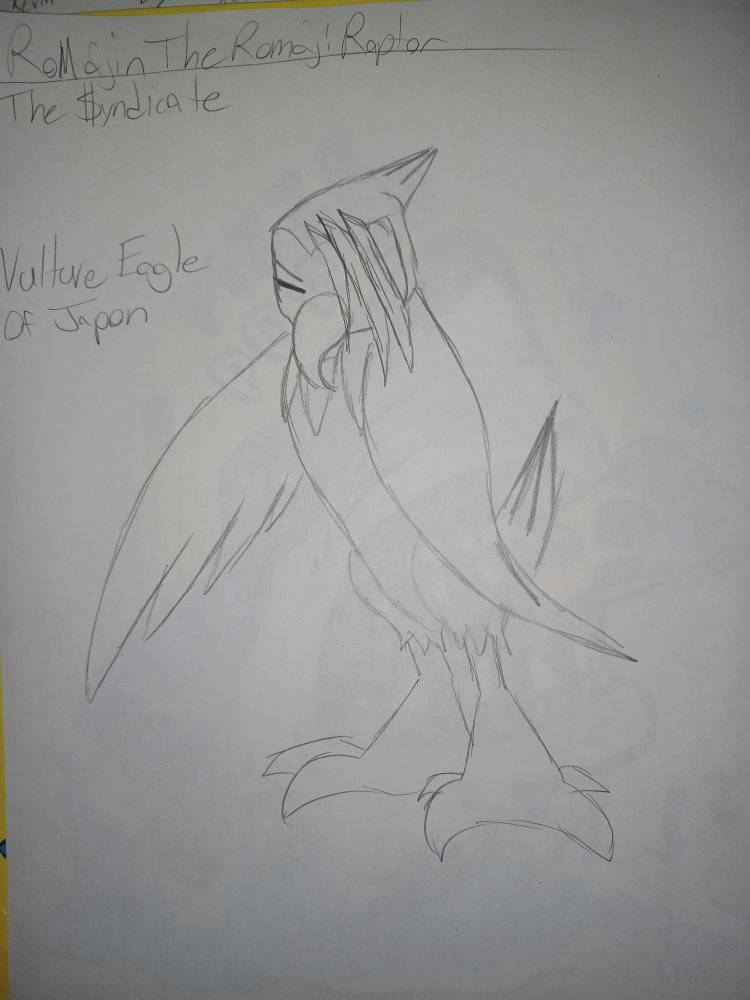 From one of the branches of the root-like trees that sprouted from the underground underneath the overground underground sat the Romaji Raptor, RoMajin, watching over his friends -- The Language Pigeon and Language Pinyin -- as they educated the newcomers of the Depthsroot about Language, guiding them from the care of the White Rabbit and into Academia for Tutoring under the Grammar Simian's 'Tutelage'. However, just as soon as they were at the entrance, the sworn rival of the Language Pigeon appeared to halt him with random Parody Melodies... PARODY PARROT! -RoMajin The Romaji Raptor- https://en.wikipedia.org/wiki/Romanization_of_Japanese - Quote :
- The romanization of Japanese is the use of Latin script to write the Japanese language.[1] This method of writing is sometimes referred to in Japanese as rōmaji (ローマ字, lit. 'Roman letters', [ɾoːma(d)ʑi] ⓘ or [ɾoːmaꜜ(d)ʑi]).
Japanese is normally written in a combination of logographic characters borrowed from Chinese (kanji) and syllabic scripts (kana) that also ultimately derive from Chinese characters.
There are several different romanization systems. The three main ones are Hepburn romanization, Kunrei-shiki romanization (ISO 3602) and Nihon-shiki romanization (ISO 3602 Strict). Variants of the Hepburn system are the most widely used.
Romanized Japanese may be used in any context where Japanese text is targeted at non-Japanese speakers who cannot read kanji or kana, such as for names on street signs and passports and in dictionaries and textbooks for foreign learners of the language. It is also used to transliterate Japanese terms in text written in English (or other languages that use the Latin script) on topics related to Japan, such as linguistics, literature, history, and culture.
All Japanese who have attended elementary school since World War II have been taught to read and write romanized Japanese. Therefore, almost all Japanese can read and write Japanese by using rōmaji. However, it is extremely rare in Japan to use it to write Japanese (except as an input tool on a computer or for special purposes like in some logo design), and most Japanese are more comfortable in reading kanji and kana. | |
|   | | Tymon Nikia Bolton II
Shinseigami, the PanDaddy :: Pandimensional Overgod; the Unrestricted Being


Posts : 6597

  Points : 7580 Points : 7580
Reputation : 1
Join date : 2014-10-14
Age : 30
 |  Subject: Re: White Rabbit Subject: Re: White Rabbit  Sun Apr 14, 2024 8:41 pm Sun Apr 14, 2024 8:41 pm | |
| 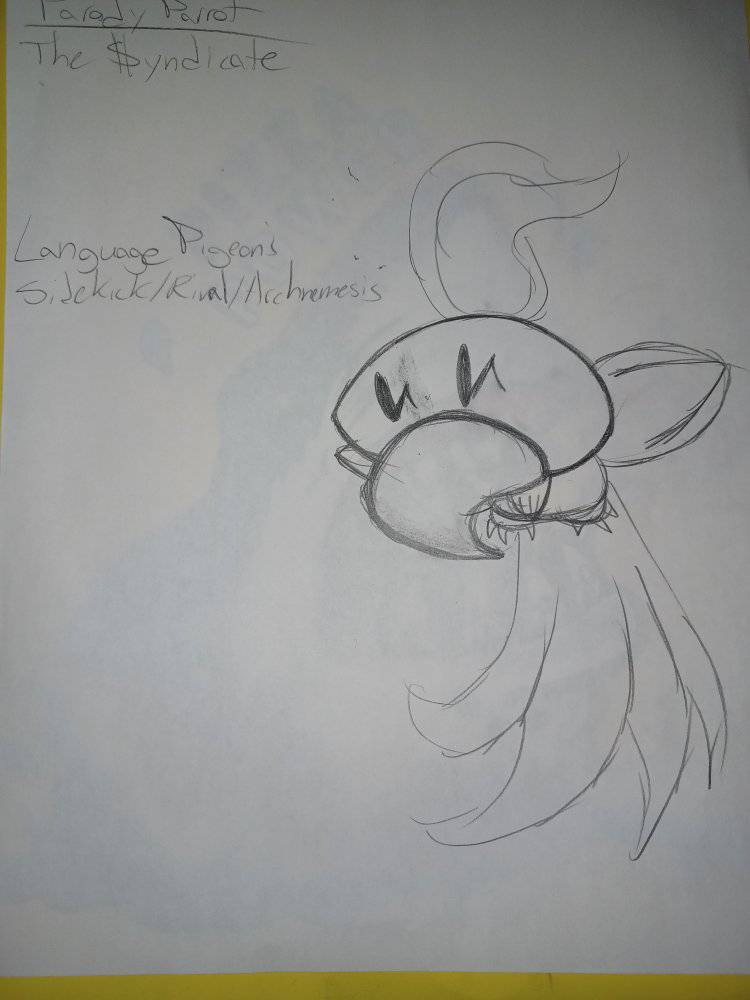 Parody Parrot's 'Parody Melodies' were mimicking others and mocking them belligerently and maliciously, oftentimes in song or tune with melody! It was really annoying everyone to have their voices copied and their ways imitated by a bird with a great voice and prowess to use it. He was confronted by RoMajin, as well as the Language Pigeon and his girlfriend, Pinyin. But, a White Rabbit came by, bearing the Earth Alice of the Veritas, who stepped in on behalf of the Grand Panda, from Pandemia, for Academia, the lowest Tutorial Branch of Pandemia in the Depthsroot; the Underground Village. -Parody Parrot- - Quote :
- A parody is a creative work designed to imitate, comment on, and/or mock its subject by means of satirical or ironic imitation. Often its subject is an original work or some aspect of it (theme/content, author, style, etc), but a parody can also be about a real-life person (e.g. a politician), event, or movement (e.g. the French Revolution or 1960s counterculture). Literary scholar Professor Simon Dentith defines parody as "any cultural practice which provides a relatively polemical allusive imitation of another cultural production or practice".[1] The literary theorist Linda Hutcheon said "parody ... is imitation, not always at the expense of the parodied text." Parody may be found in art or culture, including literature, music, theater, television and film, animation, and gaming. Some parody is practiced in theater.
The writer and critic John Gross observes in his Oxford Book of Parodies, that parody seems to flourish on territory somewhere between pastiche ("a composition in another artist's manner, without satirical intent") and burlesque (which "fools around with the material of high literature and adapts it to low ends").[2] Meanwhile, the Encyclopédie of Denis Diderot distinguishes between the parody and the burlesque, "A good parody is a fine amusement, capable of amusing and instructing the most sensible and polished minds; the burlesque is a miserable buffoonery which can only please the populace."[3] Historically, when a formula grows tired, as in the case of the moralistic melodramas in the 1910s, it retains value only as a parody, as demonstrated by the Buster Keaton shorts that mocked that genre.
Terminology
A parody may also be known as a spoof, a satire, a send-up, a take-off, a lampoon, a play on (something), or a caricature.
Origins
According to Aristotle (Poetics, ii. 5), Hegemon of Thasos was the inventor of a kind of parody; by slightly altering the wording in well-known poems he transformed the sublime into the ridiculous. In ancient Greek literature, a parodia was a narrative poem imitating the style and prosody of epics "but treating light, satirical or mock-heroic subjects".[5] Indeed, the components of the Greek word are παρά para "beside, counter, against" and ᾠδή oide "song". Thus, the original Greek word παρῳδία parodia has sometimes been taken to mean "counter-song", an imitation that is set against the original. The Oxford English Dictionary, for example, defines parody as imitation "turned as to produce a ridiculous effect".[6] Because par- also has the non-antagonistic meaning of beside, "there is nothing in parodia to necessitate the inclusion of a concept of ridicule."[7]
In Greek Old Comedy even the gods could be made fun of. The Frogs portrays the hero-turned-god Heracles as a glutton and the God of Drama Dionysus as cowardly and unintelligent. The traditional trip to the Underworld story is parodied as Dionysus dresses as Heracles to go to the Underworld, in an attempt to bring back a poet to save Athens. The Ancient Greeks created satyr plays which parodied tragic plays, often with performers dressed like satyrs.
Parody was used in early Greek philosophical texts to make philosophical points. Such texts are known as spoudaiogeloion, a famous example of which is the Silloi by Pyrrhonist philosopher Timon of Phlius which parodied philosophers living and dead. The style was a rhetorical mainstay of the Cynics and was the most common tone of the works made by Menippus and Meleager of Gadara.[8]
In the 2nd century CE, Lucian of Samosata created a parody of travel texts such as Indica and The Odyssey. He described the authors of such accounts as liars who had never traveled, nor ever talked to any credible person who had. In his ironically named book True History Lucian delivers a story which exaggerates the hyperbole and improbable claims of those stories. Sometimes described as the first science fiction, the characters travel to the Moon, engage in interplanetary war with the help of aliens they meet there, and then return to Earth to experience civilization inside a 200-mile-long creature generally interpreted as being a whale. This is a parody of Ctesias' claims that India has a one-legged race of humans with a single foot so huge it can be used as an umbrella, Homer's stories of one-eyed giants, and so on.
Related terms
Parody exists in the following related genres: satire, travesty, pastiche, skit, burlesque.
Satire
Satires and parodies are both derivative works that exaggerate their source material(s) in humorous ways.[9][10][11] However, a satire is meant to make fun of the real world, whereas a parody is a derivative of a specific work ("specific parody") or a general genre ("general parody" or "spoof"). Furthermore, satires are provocative and critical as they point to a specific vice associated with an individual or a group of people to mock them into correction or as a form of punishment.[11][12] In contrast, parodies are more focused on producing playful humor and do not always attack or criticize its targeted work and/or genre.[11][13] Of course, it is possible for a parody to maintain satiric elements without crossing into satire itself, as long as its "light verse with modest aspirations" ultimately dominates the work.[11]
Travesty
A travesty imitates and transforms a work, but focuses more on the satirization of it. Because satire is meant to attack someone or something,[11] the harmless playfulness of parody is lost.[13]
Pastiche
A pastiche imitates a work as a parody does, but unlike a parody, pastiche is neither transformative of the original work, nor is it humorous.[13][14] Literary critic Fredric Jameson has referred to the pastiche as a "blank parody", or "parody that has lost its sense of humor".[14]
Skit
Skits imitate works "in a satirical regime". But unlike travesties, skits do not transform the source material.[13]
Burlesque
The burlesque primarily targets heroic poems and theater to degrade popular heroes and gods, as well as mock the common tropes within the genre.[11] Simon Dentith has described this type of parody as "parodic anti-heroic drama".[13]
Spoof
A parody imitates and mocks a specific, recognizable work (e.g. a book, movie, etc.) or the characteristic style of a particular author. A spoof mocks an entire genre by exaggerating its conventions and cliches for humorous effect.
Music
Main article: Parody music
In classical music, as a technical term, parody refers to a reworking of one kind of composition into another (for example, a motet into a keyboard work as Girolamo Cavazzoni, Antonio de Cabezón, and Alonso Mudarra all did to Josquin des Prez motets).[15] More commonly, a parody mass (missa parodia) or an oratorio used extensive quotation from other vocal works such as motets or cantatas; Victoria, Palestrina, Lassus, and other composers of the 16th century used this technique. The term is also sometimes applied to procedures common in the Baroque period, such as when Bach reworks music from cantatas in his Christmas Oratorio.
The musicological definition of the term parody has now generally been supplanted by a more general meaning of the word. In its more contemporary usage, musical parody usually has humorous, even satirical intent, in which familiar musical ideas or lyrics are lifted into a different, often incongruous, context.[16] Musical parodies may imitate or refer to the peculiar style of a composer or artist, or even a general style of music. For example, "The Ritz Roll and Rock", a song and dance number performed by Fred Astaire in the movie Silk Stockings, parodies the rock and roll genre. Conversely, while the best-known work of "Weird Al" Yankovic is based on particular popular songs, it also often utilises wildly incongruous elements of pop culture for comedic effect. | |
|   | | Tymon Nikia Bolton II
Shinseigami, the PanDaddy :: Pandimensional Overgod; the Unrestricted Being


Posts : 6597

  Points : 7580 Points : 7580
Reputation : 1
Join date : 2014-10-14
Age : 30
 |  Subject: Re: White Rabbit Subject: Re: White Rabbit  Sun Apr 14, 2024 9:42 pm Sun Apr 14, 2024 9:42 pm | |
| 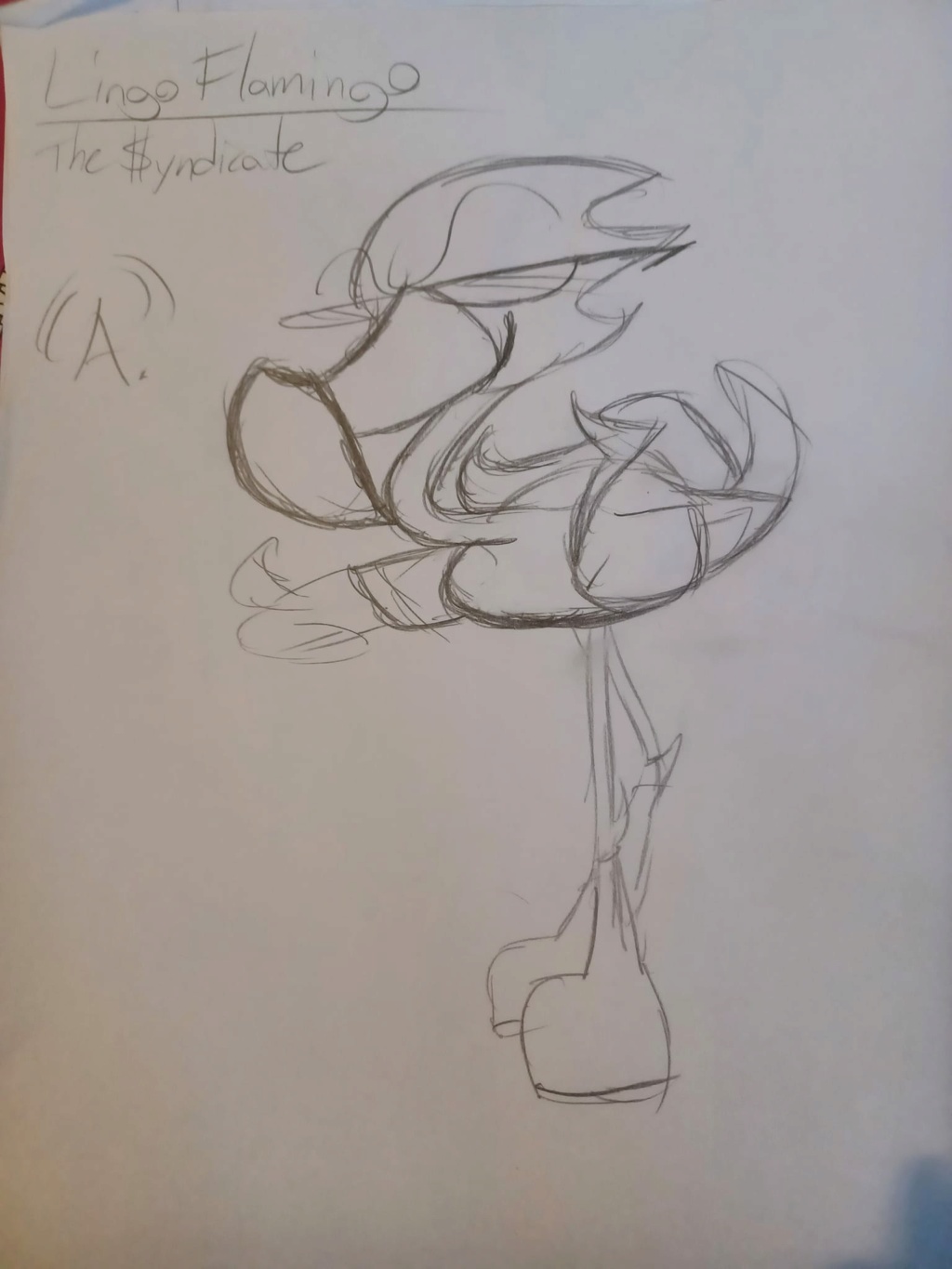 "A, I'll take over from here for ya, slick!" said an estranged Flamingo that was off to the side, talking to the White Rabbit that dropped off the Earth Alice, "I'll be her escort to her destination. Things are getting heated over there, A?" It was Lingo Flamingo, and he knew how to lay on the letters, but he was certainly no slouch about combat. That's why he knew it was a good idea to stay out of the fray on this one and guide Pan Demique to the Earth Sanctuary for the Grand Panda to see him. - Lingo Flamingo- - Quote :
- Lingo, a contraction of language, often refers to jargon, but in a less formal or technical sense.
| |
|   | | Sponsored content
 |  Subject: Re: White Rabbit Subject: Re: White Rabbit  | |
| |
|   | | | | White Rabbit |  |
|
Similar topics |  |
|
| | Permissions in this forum: | You can reply to topics in this forum
| |
| |
| |
